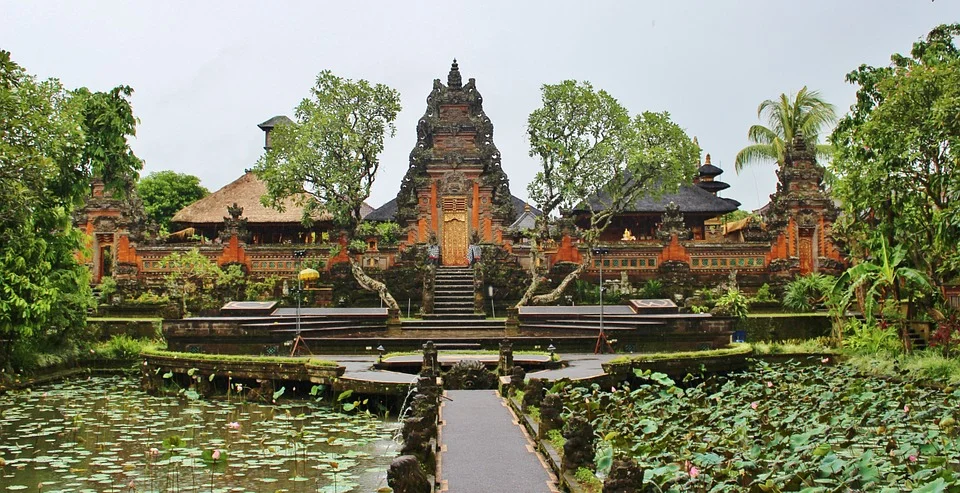We unravel the mystery of tipping customs around the world and explore tipping history to ensure you tip appropriately wherever you go.
Keeping up with the local etiquette of different destinations can be tough when you travel. While some countries expect you to leave gratuity no matter the kind of service provided, others will be shocked to see even a small amount of cash has been left at the end of a meal.
While you’ll encounter different customs in different places, it’s important to get it right no matter where you are.
“Tipping can be important to ensure workers receive fair compensation — but it could also be argued that it’ll only act to further encourage this culture of underpayment.”
Where did tipping begin?
Tipping, the ancient art of showing appreciation with cold, hard cash, has been around since the Middle Ages. In Tudor England, it began with masters tipping their servants for a job well done. Later, houseguests would begin to offer tips, too — and eventually, workers across the country were receiving them in commercial establishments.
A couple hundred years later, tipping reached the Americas. Here, the practice has a more controversial history. In the late 1800s, previously enslaved people began seeking paid work. But their wages were so low that they were essentially unable to live on the amount they received (sound familiar?). Rather than offering their workers a fairer wage, employers chose to promote tipping to customers as a way to subsidize their workers’ incomes.
Similarly, the spread of colonialism brought with it the culture of tipping to each corner of the world that it reached — and as such, the practice can be found in countries all across the globe today.
Where should you tip?
Tipping is common in countries across Europe — but in establishments where it’s expected, a service charge is usually included in the bill. Similarly, tips are often shared between an entire staff rather than being received by one individual — making it hard if you want to tip only the staff member who has served you.
For the most part, not tipping in European countries isn’t seen as a big deal. It’s generally reserved for excellent service in a restaurant, and you’re usually only expected to leave a maximum of 10% of your overall bill.
In North America, on the other hand, tipping is very important — in fact, it’s considered rude not to leave a tip of at least 20%. This applies not only in restaurants, but in bars, hotels, salons, transport services, tour services and, essentially, anywhere else in which you’re in receipt of a service or some kind of assistance.
In recent years, particularly with the rise of digital payment systems, there’s been a noticeable shift towards higher tipping expectations in the United States. These point-of-sale devices often prompt customers to leave tips of 20%, 25% or even 30%, even in settings where tipping wasn’t traditionally expected, like at counter service or for takeout. This phenomenon, sometimes referred to as “tipflation,” has led many consumers to feel pressured into tipping more generously due to the social pressure of these preset suggestions and the ease of adding a tip with a simple tap on a screen.
Some countries take an entirely opposite approach. In Hong Kong and Japan, tipping can actually be seen as insulting. Here, great service is the standard and norm, so workers don’t expect extra compensation for going above and beyond. Tourist companies sometimes accept tips — but you should offer gratuity discreetly.
Countries in the Middle East and Africa have a similar approach to tipping as in North America. In Qatar, Saudi Arabia and the United Arab Emirates, for instance, tips are always expected. In Dubai in particular, an additional 15-20% gratuity is customary on top of any service charge. Countries such as Jordan and Morocco also expect around 15-20%. In places that get a lot of tourism, such as Egypt, a service charge is generally added, and you’re not expected to leave anything on top of that.
As tipping customs vary greatly from place to place, it’s important to always research before you travel. Norms and customs change over time, so it’s best to familiarize yourself with the local expectations before you venture abroad.
Why is tipping important?
Because the practice of tipping is rooted in colonialism and slavery, it’s something that should be considered carefully — cultural norms should be respected wherever you travel.
All in all, whether you tip typically comes down to personal preference. In some parts of the world, such as certain states in the U.S., employers are still allowed to pay their workers less than the national minimum wage, so long as their income is subsidized with tips. In cases like these, tipping can be important to ensure workers receive fair compensation — but it could also be argued that it’ll only act to further encourage this culture of underpayment.
If you’re ever unsure about whether or not to tip while traveling, you could conduct some online research, ask other travelers or speak to a tourist board about local etiquette.
Master the art of tipping, and you’ll win hearts and minds across the globe. –Andrew Ellison








































